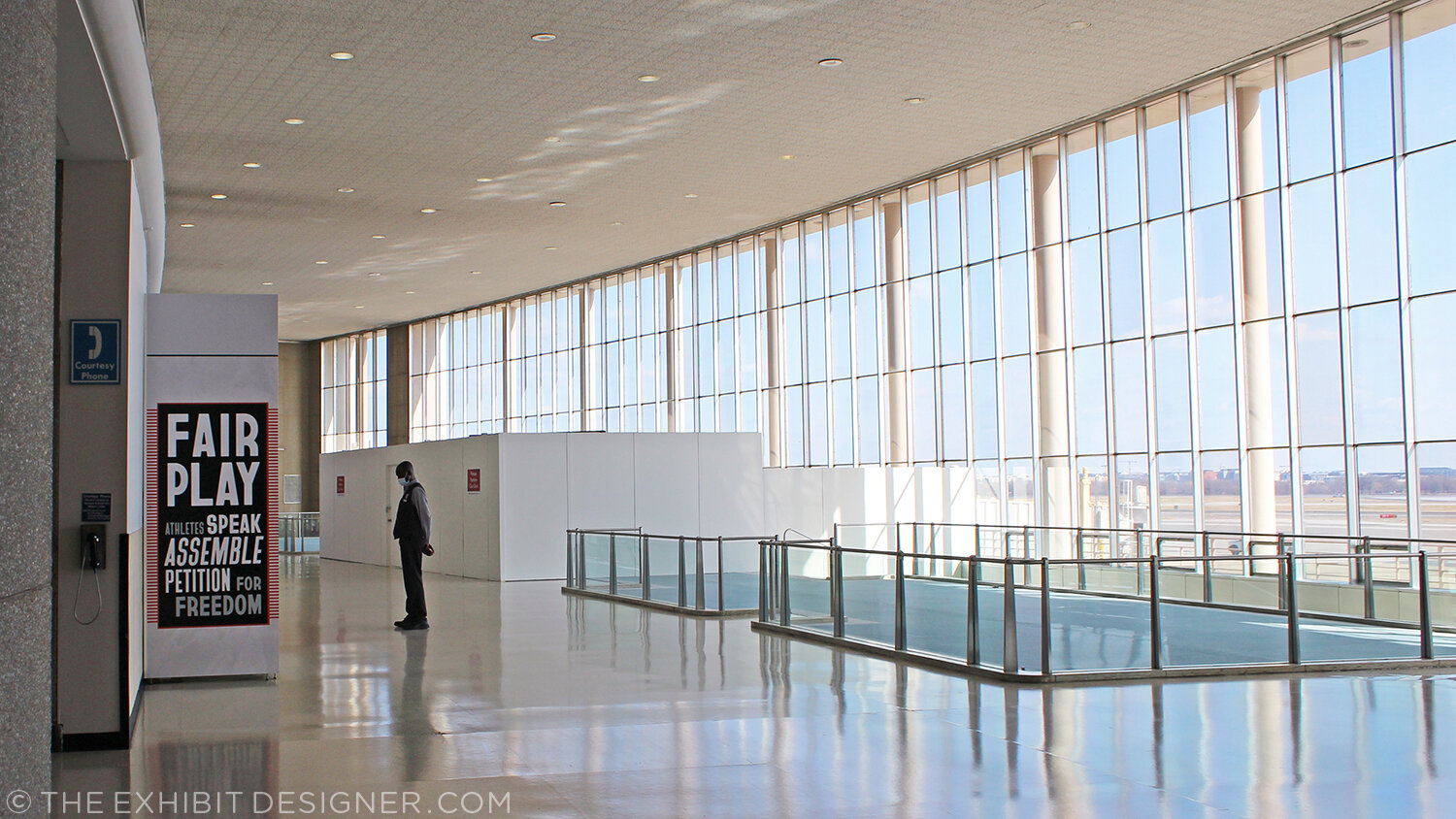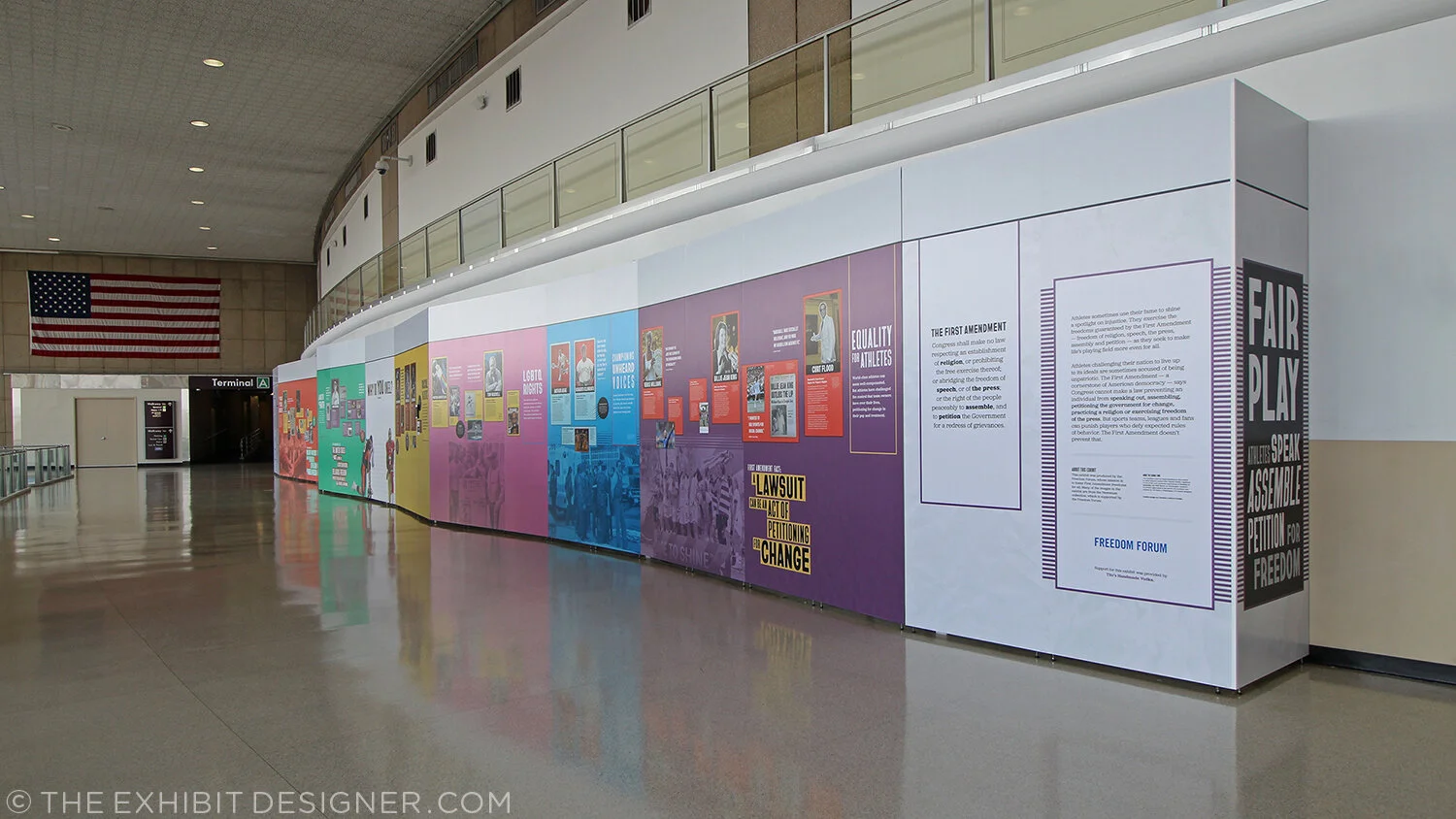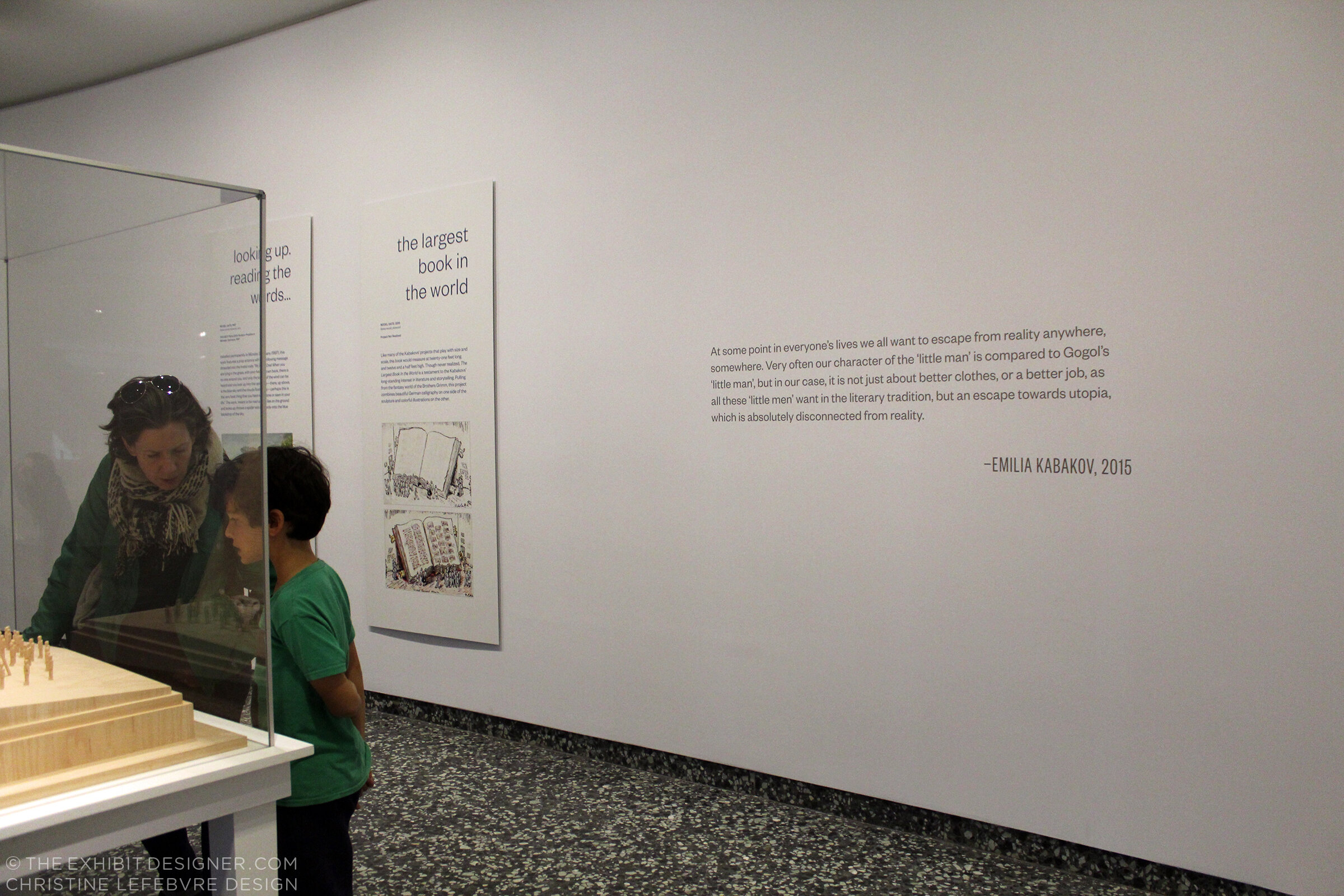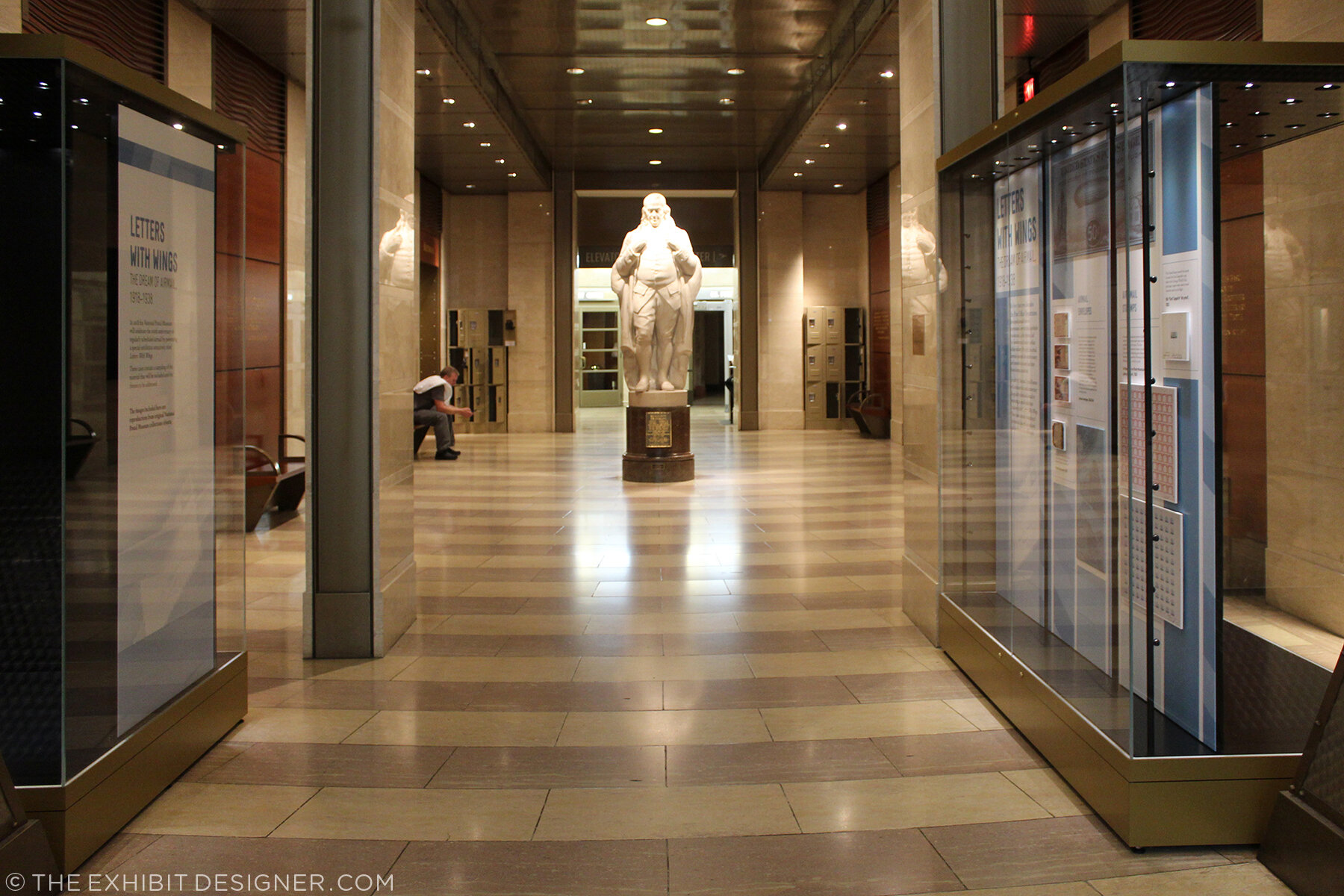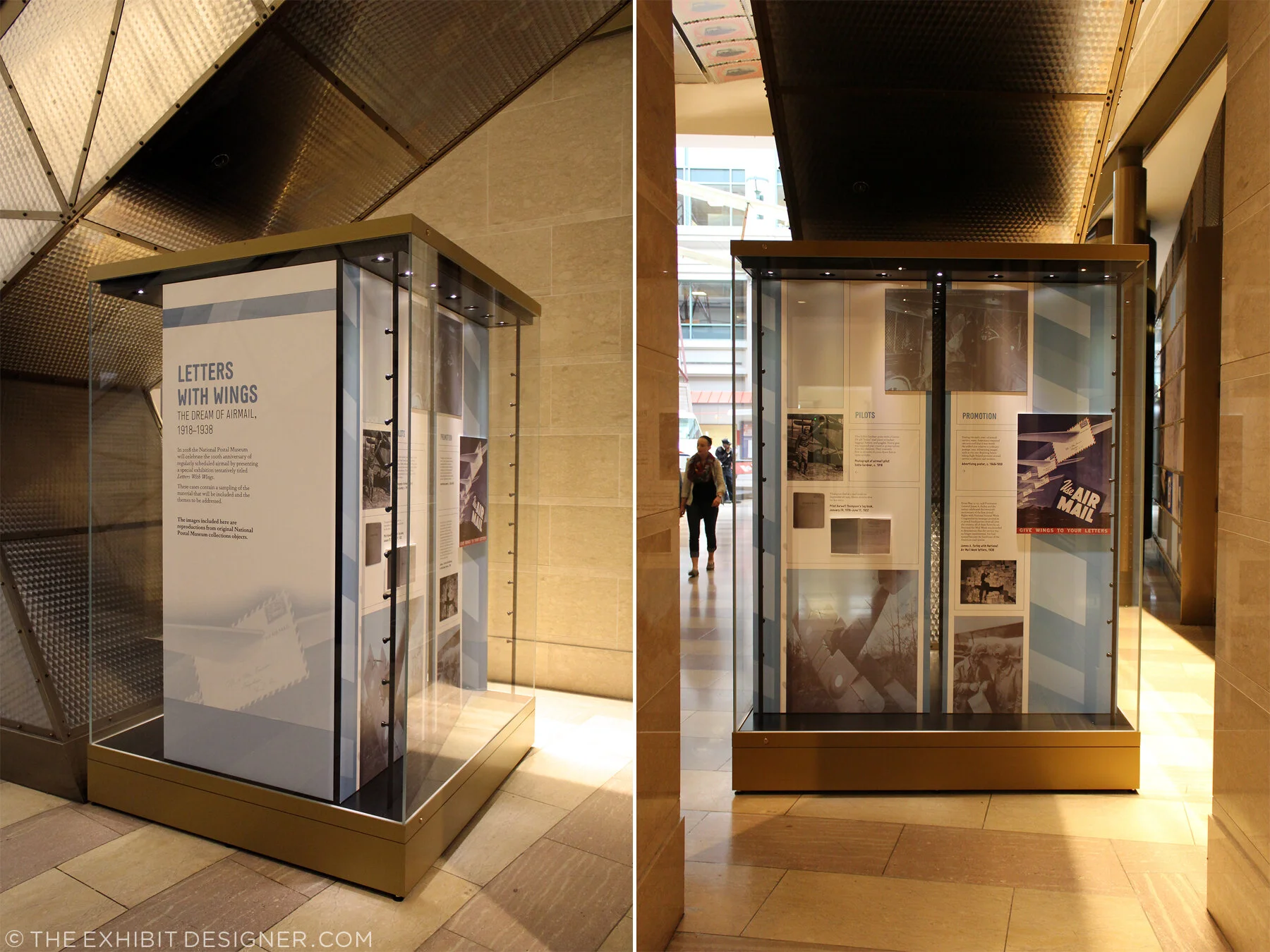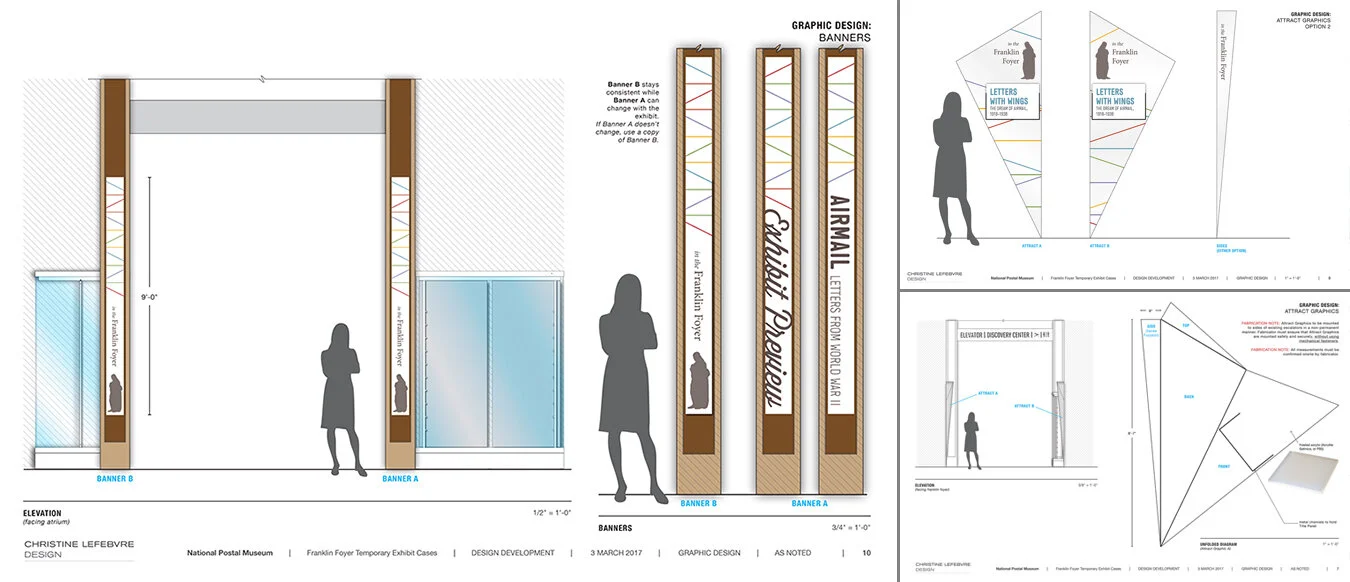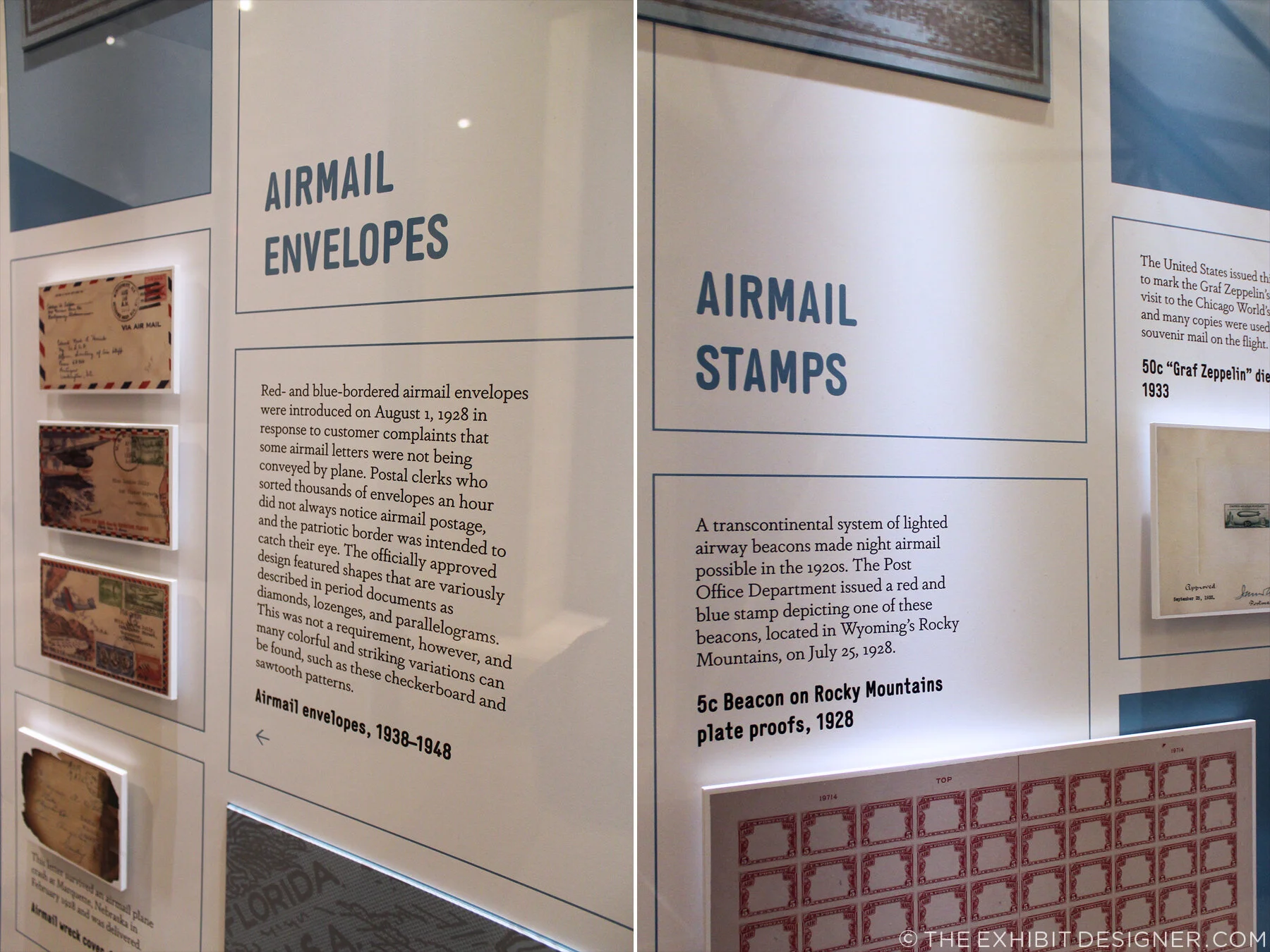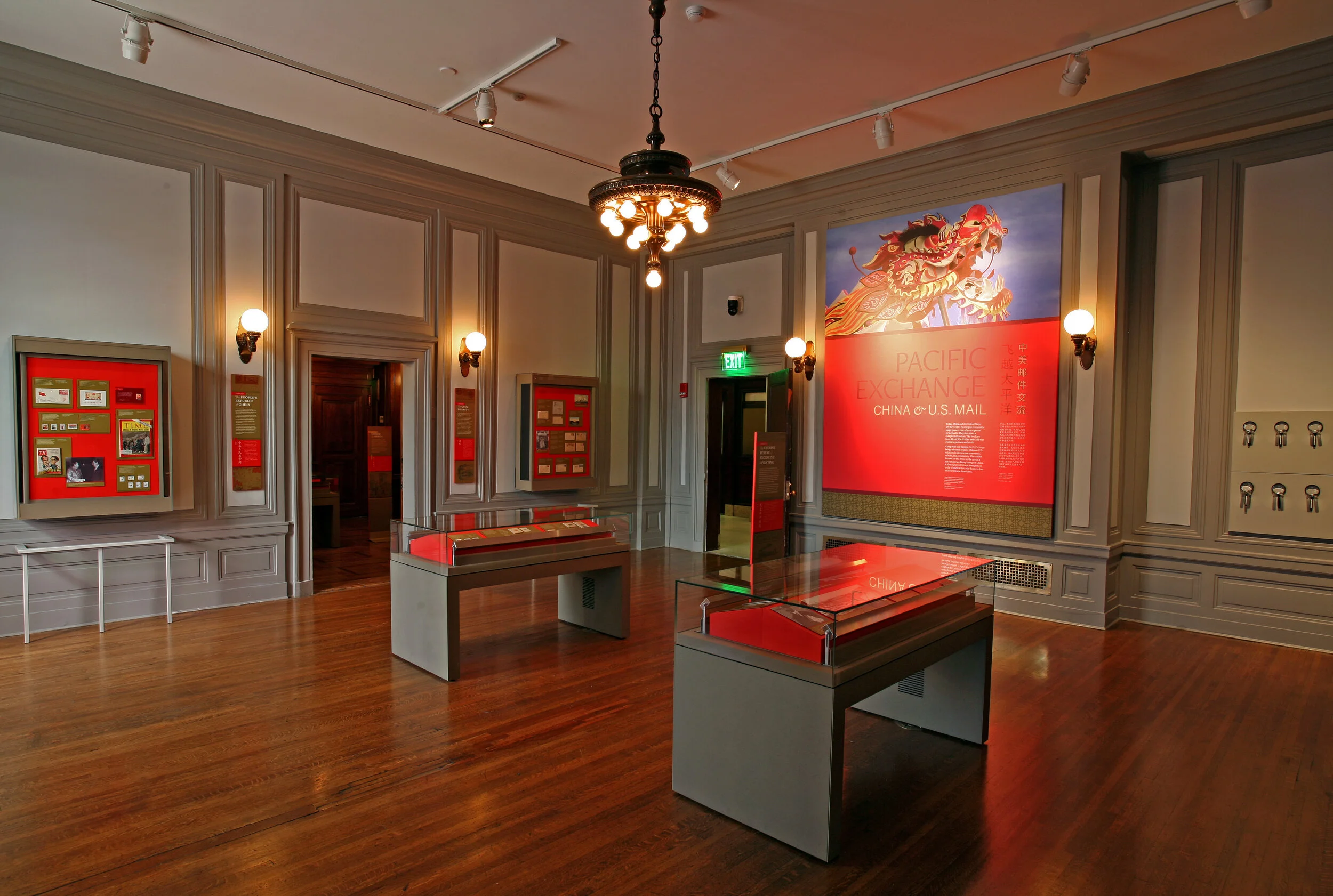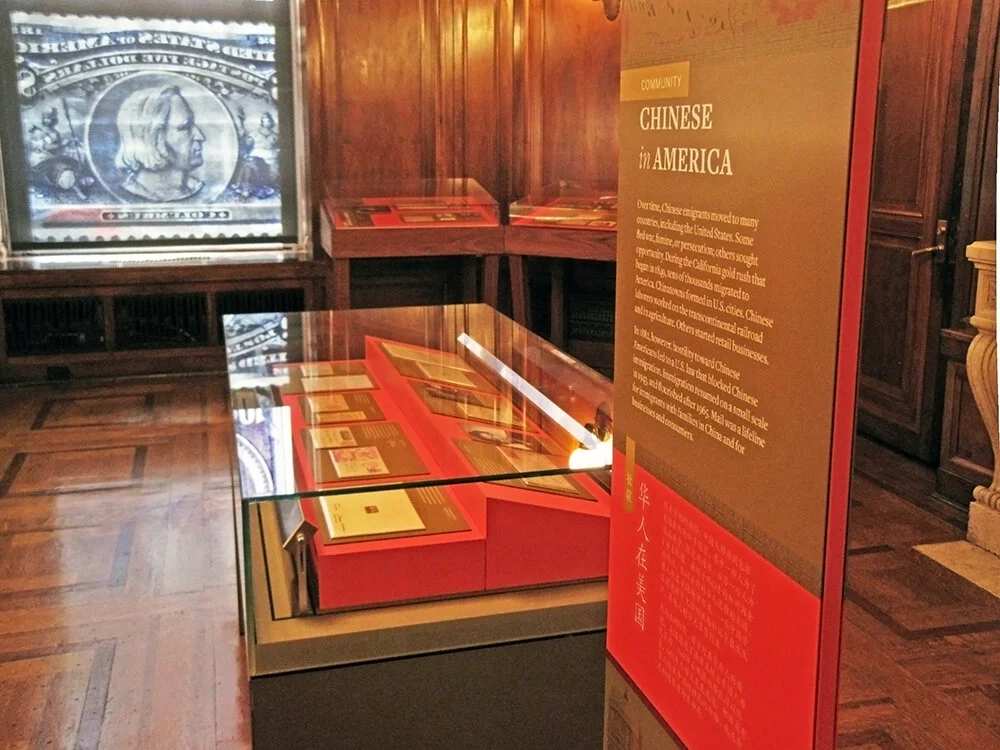Museums in the Digital Age: Moderated by Aisha Densmore-Bey of the BSA’s Museum and Exhibit Design Committee, this symposium asks, “...even as daily life is reconfigured constantly by technology, museums retain their esteem as bastions of culture. In the face of an increasingly interactive world online, is a physical space still necessary to experience art?”
•Susan Leidy, Deputy Director of the Currier Museum of Art in Manchester, NH, asked, “What are museums currently thinking about and doing with media? Where does media fit in? Does original artwork still matter?” According to her, media and technology should only be used to further museums’ missions and museums should take care to stay true to those missions, whatever they might be: education, conservation, collecting, or something else. Original artwork does still matter … and so too do historical documents, artifacts, live animals, sight, sound, smell, touch. More than anything else, visitors want authenticity in a museum experience. They go to see real physical objects. Take home message: compromise authenticity for digital media at our peril.
•Peter Kuttner, President of Cambridge Seven Associates in Cambridge, MA, drew connections between two different-seeming types of museum/themed experiences: the art museum and the zoo. Both are primarily about authenticity and seeing something in-person. The tendency in these types of environments is to separate the media from the art/animals so as not to detract from the art/animals. Kuttner gave a few case studies of projects by Cambridge Seven to illustrate media used thoughtfully in an exhibit. Media technology allows you to quickly respond to current events if there’s a reason to do so. It’s also possible to “hide” the technology by integrating it into the experience of the exhibit space (or, to put it another way: to allow technology to inform but not dominate a space). Technology can encourage group activity and indepth learning, but has to be taken to a level beyond sitting at a monitor.
•Ann Beha of Ann Beha Architects in Boston spoke at length about the Museum of Fine Arts’s new Art of the Americas wing. (A project, she noted, that she did not work on but admires.) One of the MFA’s media highlights is its new website, which features a homepage that continually updates and changes as it rotates through photos of its exhibitions, and introduces “Buzz,” their foray into social media. Buzz brings together the MFA’s Twitter, flickr, YouTube, and Facebook accounts and is an intentional attempt to engage in a dialogue with its visitors and gather real time feedback on people’s experiences at the museum. Beha mentioned that the MFA was the first museum to post its entire collection online, in 1995, and has in many ways been an internet leader in the museum industry. All technology within the MFA helps to support the museum’s missions of collecting, stewardship, scholarship, engagement, enlightenment. There are study stations incorporated into the wayfinding in the corridors; easy-to-use multimedia guides that provide options for self-directed learning; touch screen stations that teach and engage visitors on a deeper level than that provided by the exhibition labeling alone; touch tables. Everything is integrated into the environment of the museum in a seamless way with “intense design sensibilities.” The physical architecture of the museum building becomes a blank canvas for media, and an opportunity to create public spaces that are full of life and possibilities.




